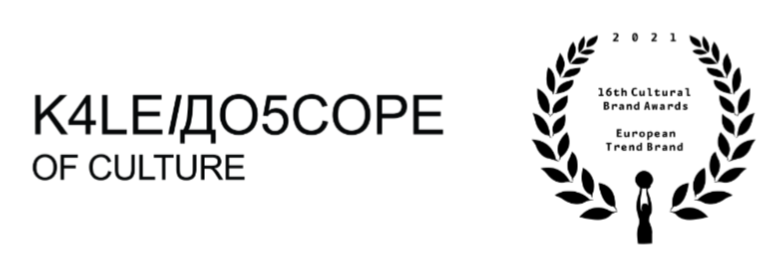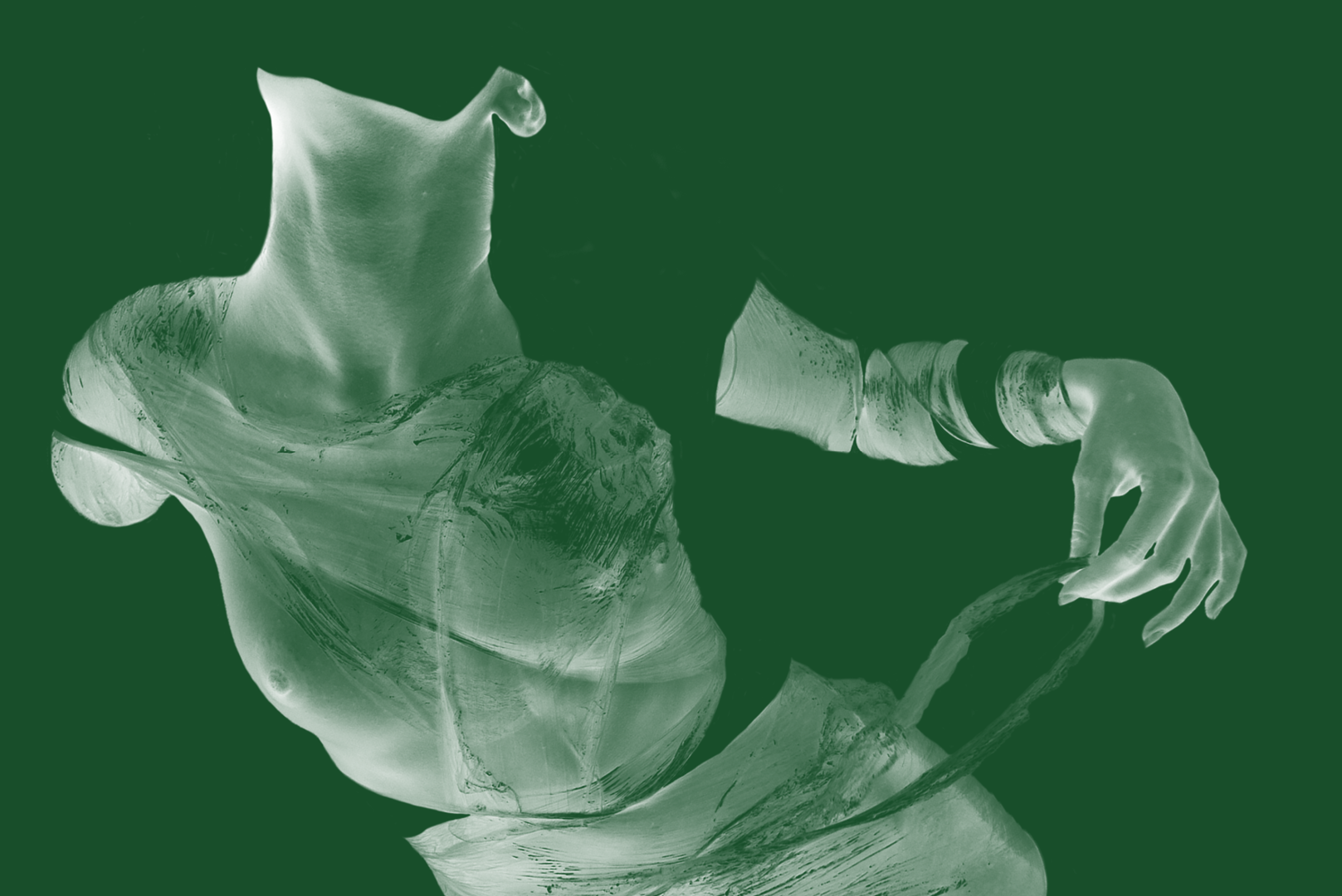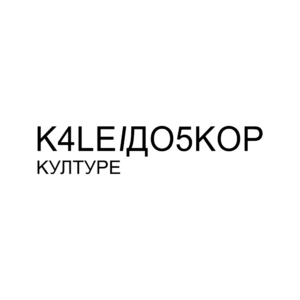The ‘Autonomous Identities’ project represents a set of the most recent works by Izabela Mašić, created in the period 2017 – 2020. In her work, Mašić explored identity structures of different characters formed through the narratives of the collective, sociological and global turmoil of events that shook both society and the author.
In art researches, she tries to sublimate the experience of time and communication, violent development and growth of the individual who is being formed in the new, digital age, as well as to ask the question of analogous forms of changing the individual who forms society.
This new project aims to organise the digital image in the service of spatial narrative using new graphic media and GIF structures as well as the poetics of GLITCH. Represented as a modern form of art graphics and modern interactive technology, glitch is considered in art as a constant error in the technological code, which results in the achievement of new visual values.
These forms are completely uncontrolled, elusive and their course cannot be predicted. Izabela Mašić places the context of glitch in the function of that part of rational life where the time spent in attempts to make reality perfect is actually an uncontrolled process of the human psyche, its fragility, inability to fully manifest in permanent time, and the consequences of disturbing it.
The ‘Autonomous Identities’ project networks several important anthropological and sociological points with the contemporary moment in which it is being created. As such, it is a direct reflection on the current social problems of error, code, binary system, DNA structure, or violation of any social sequence that results in the removal of real life functions through digital forms of social system and hierarchy.
The works are multimedia installations that animate the audience, thus becoming a monument to the time and society in which they took place with their durability and monumentality.
The project involves, directly educates and informs the public about the process of digitisation of traditional art media through elements. The project networks the opposite artistic structures, levelling them into one harmonious spatial whole with the messages of the permanence of interpersonal relations, intercommunication and building the institution of the collective.


